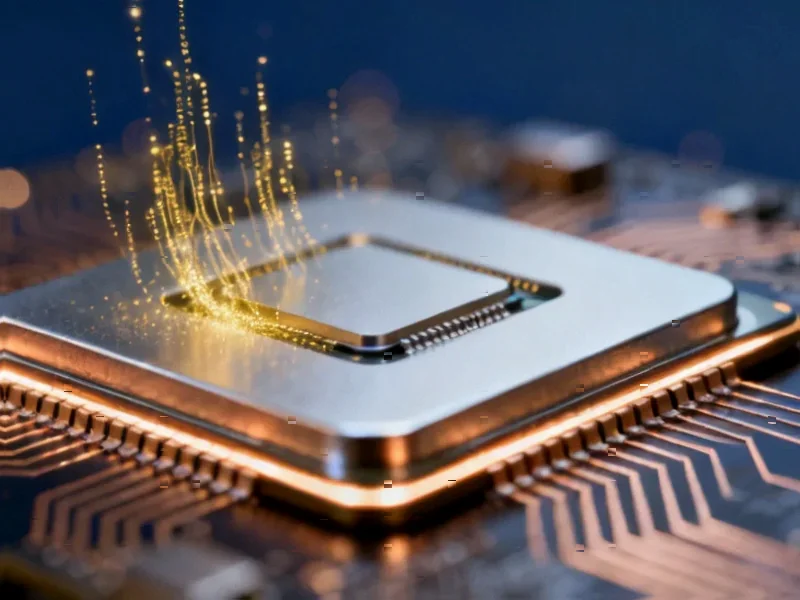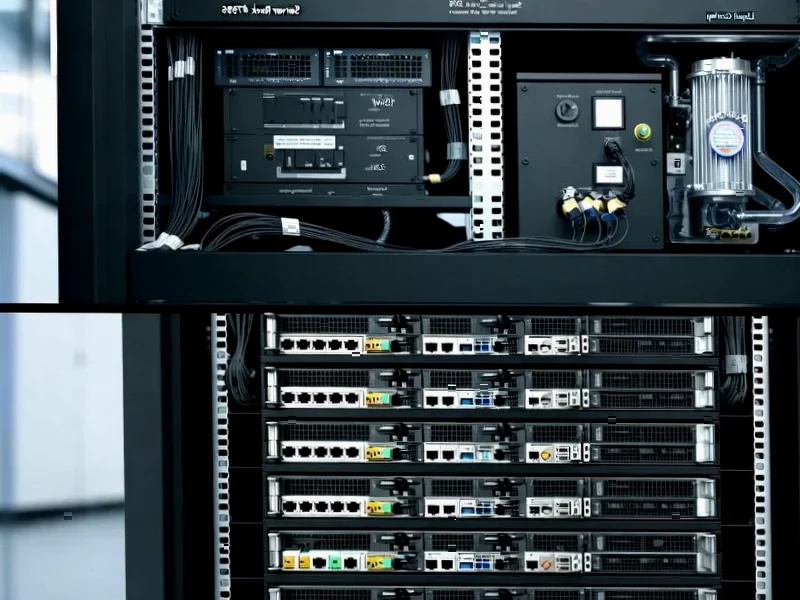According to Wccftech, AMD just posted record Q3 2025 earnings with $9.2 billion in revenue, marking a massive 36% year-over-year increase and 20% quarterly growth. CEO Lisa Su confirmed during the earnings call that the company’s next-generation 2nm EPYC Venice processors featuring Zen 6 architecture are performing well in labs and on track for 2026 launch alongside Instinct MI400 AI accelerators. The data center segment alone brought in $4.3 billion while client and gaming revenue jumped 73% to $4 billion, driven by Ryzen 9000 CPU sales hitting all-time highs. Multiple cloud partners already have Venice platforms online, and the MI400 series has already scored major deals with Oracle and the US Department of Energy, who will deploy tens of thousands of accelerators starting in 2026.
The Zen 6 performance leap
What’s really interesting here is that AMD is talking about Venice silicon already being in labs and delivering “substantial gains” over current Zen 5 Turin chips. We’re talking about a full node jump from whatever they’re using for Zen 5 to TSMC’s 2nm process. That’s huge. But here’s the thing – we don’t know exactly what “substantial” means yet. Is it 20%? 30%? More? The fact that cloud providers are already testing platforms suggests AMD is pretty far along, which makes sense for a 2026 launch timeline.
What’s equally important is that AMD seems to be executing on their roadmap without major delays. Remember when Intel struggled with 10nm? AMD’s consistent execution with TSMC has been their secret weapon. And having multiple cloud partners already testing means we could see rapid adoption once these chips actually launch.
MI400 AI acceleration
Now let’s talk about the Instinct MI400 series, because this is where things get really competitive with NVIDIA. We’re looking at up to 40 petaflops of compute performance and 432 GB of HBM4 memory running at 19.6 TB/s. Those numbers are absolutely massive. But the real story isn’t just the specs – it’s the fact that AMD already has major customers lined up.
Oracle committing to “tens of thousands” of MI450 GPUs starting in 2026 is a huge vote of confidence. The US Department of Energy selecting MI430X for their next flagship supercomputer at Oak Ridge? That’s the kind of validation AMD desperately needs in the AI space. And OpenAI‘s deal for 1 gigawatt of MI450 GPUs alone? That’s serious scale.
The challenge for AMD has never really been hardware – it’s been the software ecosystem. But with FSR 4 seeing rapid adoption and more than 85 supported games, they’re clearly making progress on that front too.
Gaming and client momentum
While everyone’s focused on AI and data center, AMD’s gaming segment saw a ridiculous 181% year-over-year increase to $1.3 billion. Some of that is console seasonality, but Radeon RX 9000 GPUs finally approaching MSRP is helping too. And Ryzen 9000 desktop CPUs hitting all-time sales records? That’s impressive in what’s supposed to be a mature market.
Basically, AMD is firing on all cylinders right now. They’ve got strong consumer products, they’re gaining traction in AI, and their data center business continues to grow. The Q3 2025 financial results show a company that’s executing well across multiple segments.
What’s next
Looking ahead, AMD’s November 11th Financial Analyst Day should give us more details about their long-term roadmap. We’ll probably get more specifics about Zen 6 architecture improvements and maybe even glimpses of what comes after MI400.
The real question is whether AMD can maintain this momentum through 2026 when these new products actually launch. NVIDIA isn’t standing still, and Intel is slowly getting their act together. But right now? AMD’s positioning looks pretty solid across the board.




